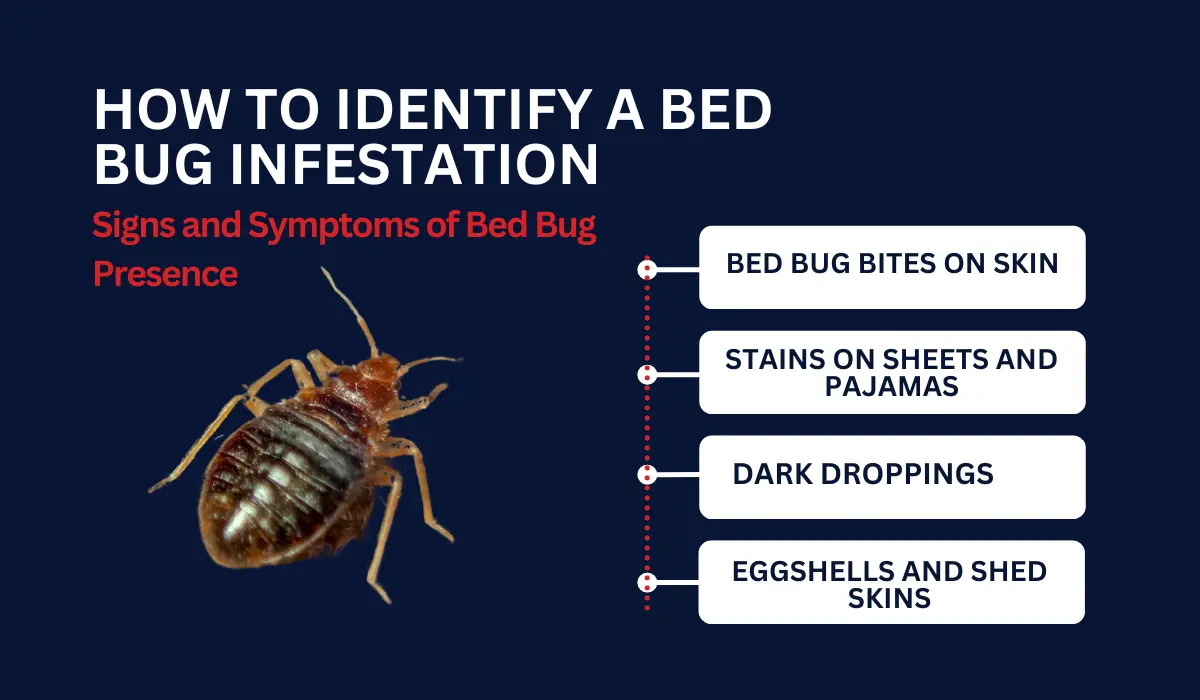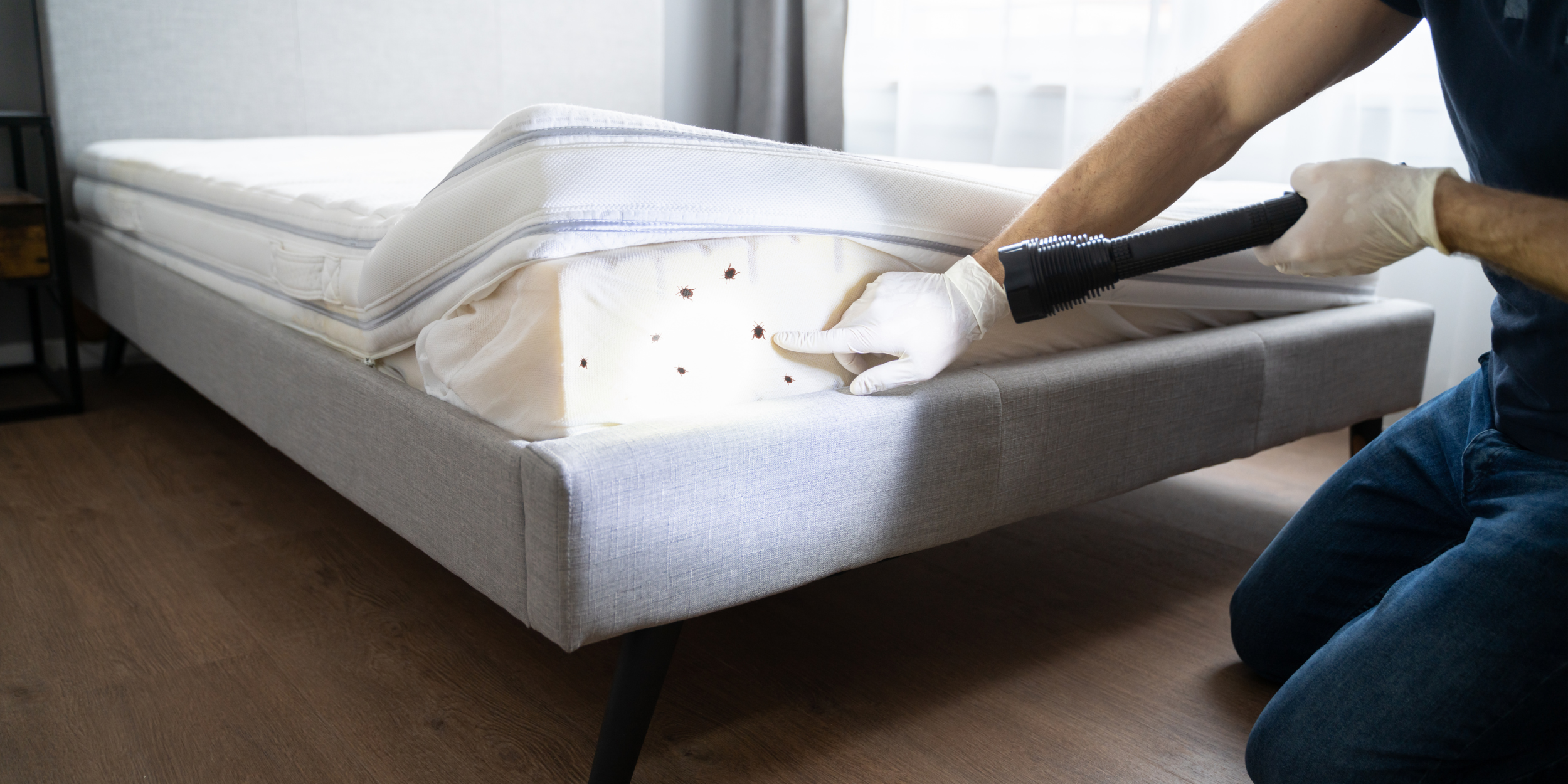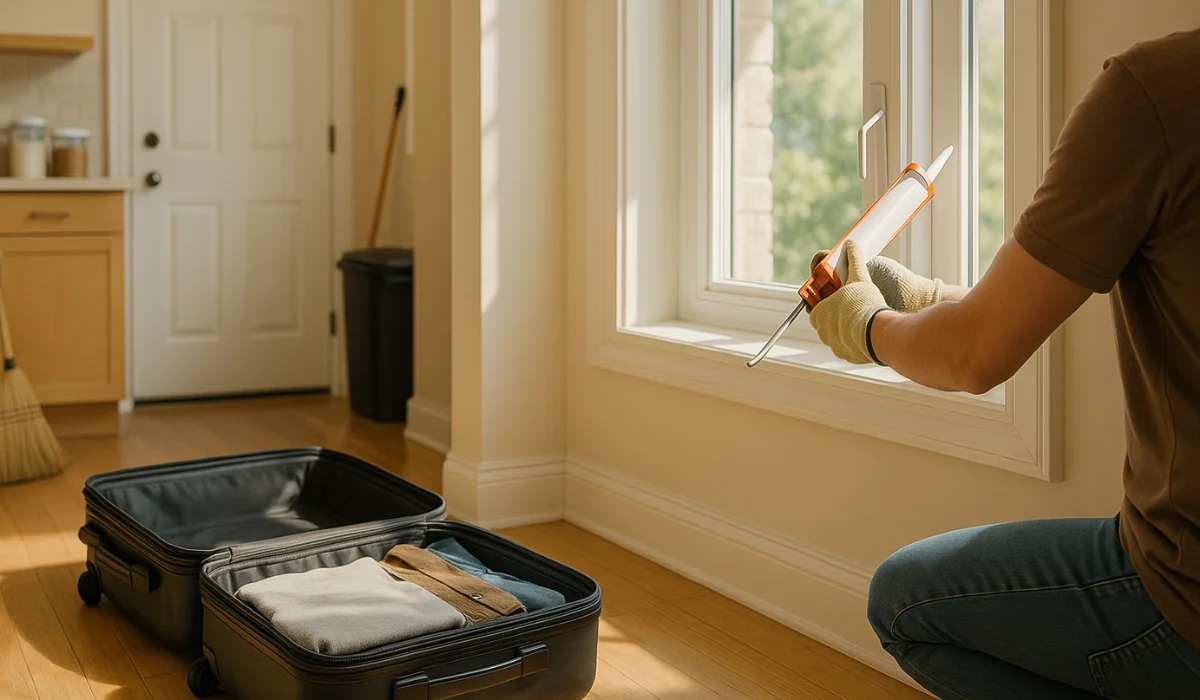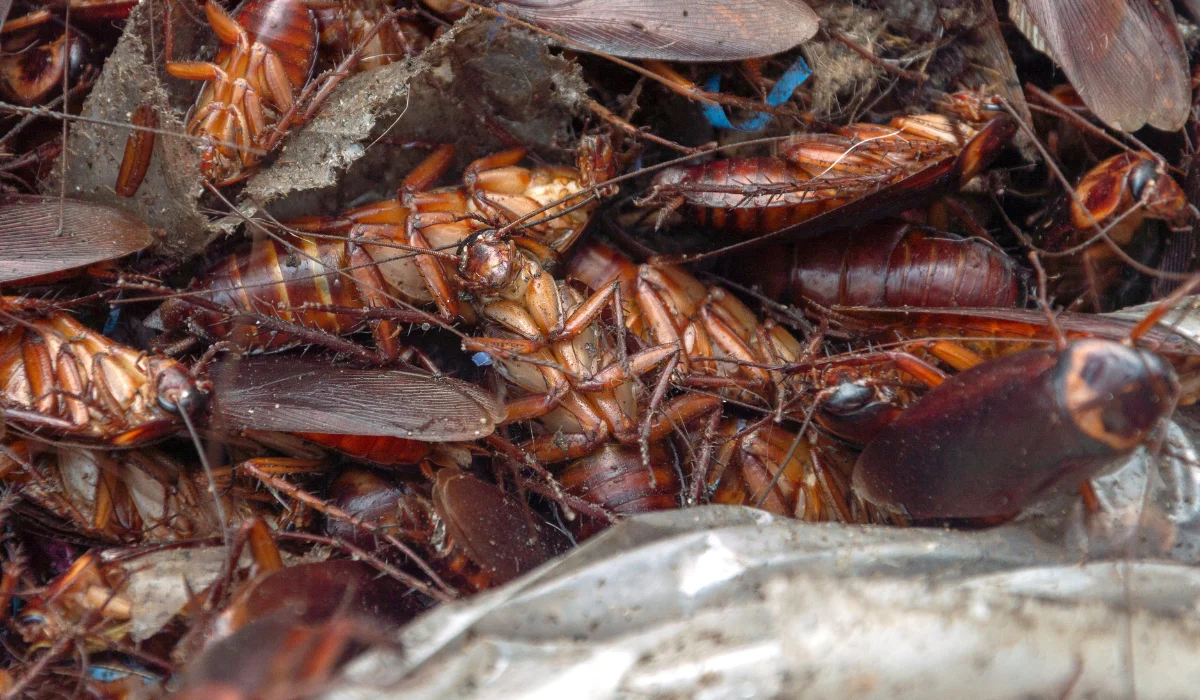New Orleans, famed for its vibrant culture and bustling nightlife, also draws the less-welcome attention of bed bugs. It’s a real headache for locals and visitors alike.
Looking to protect your home or deal with an existing pest problem? Stay tuned for essential tips on managing and preventing bed bug infestations with bed bug treatments.
Key Takeaways
- Chemical and heat treatments are two of the many effective options for eliminating bed bugs in New Orleans.
- Essential signs of bed bug infestations include itchy welts, blood stains on sheets, and the presence of eggshells or shed skins.
- Preventive measures, such as regular inspections and reducing clutter, are crucial for maintaining a bed bug-free environment.
- When choosing a bed bug treatment service, look for state-licensed providers with experience in New Orleans and safe treatment methods.
BED BUG TREATMENT: WHAT TO EXPECT
Step one:
Set up a phone call or a consultation with our State certified inspectors who meet with the clients to determine if bed bugs are the main cause for their issue, most cases are “bites” but our trained Inside Sales Team can identify them via photos or symptoms as well.
Step two:
Once identification of the target pest is completed, we proceed to inform the customer of what is required to be prepped in advance to the service with a prep sheet and longevity information.
Step three:
Starting at the farthest point in the room the tech will work their way back towards the exit treating with the liquid products, then repeating with an aerosol.
We inspect All molding, cracks, crevasses, Bed frame + headboard – If the bed has drawers built in, take them out and inspect them and the space they were in.
We then treat:
- The box spring (the black covering underneath the box spring must come off to effectively treat the inside of the box spring)
- Mattress (all creases top bottom and side, mattress label, and especially where nests were located)
- Side tables! Storage Chests/Chester Drawers (we usually suggest taking out all items in drawers so that the interior and drawer itself can be treated)
Other areas to be treated: (Depending on infestation) picture frames, electrical outlet, and windows closest to the bed.
All areas treated that can be closed should be and not opened or occupied for at least three hours.
Step four:
We then come back two weeks later and treat with a dusting machine called the aprehend machine, using aprehend and also D-Fence dust with a puffer.
HOW TO PREPARE FOR BED BUG TREATMENT
- Remove clothing, bedding, sheets, pillow cases which are in the targeted treatment location
- If furniture is infected we also want these locations prepped and ready for treatment by vacuuming the area
- Remove pictures and random items from the walls.
- Remove items from tables, nightstands, and dressers before treatment.
- Clothing can be cleaned and washed, then bagged on the patio.
A prep form is also supplied to customers listing additional items to be completed for the most effective treatment.
HOW TO IDENTIFY A BED BUG INFESTATION

When dealing with a potential bed bug problem, it’s crucial to recognize the signs of an infestation before you lose your peace of mind.
Signs and Symptoms of Bed Bug Presence
- Bed Bug Bites on Skin: Small, red, and often itchy welts on the skin, frequently appearing in a line or cluster.
- Stains on Sheets and Pajamas: Unexplained small blood stains or rusty brown spots indicative of bed bug excrement.
- Dark Droppings: Tiny dark droppings in seams of mattresses, couches, or other areas where people rest.
- Eggshells and Shed Skins: Finding light yellow skin casings or eggshells around bed areas or other furniture crevices.
HOW TO PREVENT BED BUGS
Prevention and maintenance are crucial in keeping residential and commercial properties in New Orleans pest-free.
Bed bug control starts with routine actions that reduce the chance of infestation and help maintain a bed bug-free environment.
Regular Inspection
- Schedule free inspections regularly to catch infestations early before they spread to mattresses and box springs.
- Use monitoring devices like bed bug interceptors on the legs of beds and furniture.
- During routine cleaning, check for signs of bed bugs, like tiny blood spots or welts.
- Train staff in commercial settings to report potential bed bug activity immediately.
Reducing the Risk of Reinfestation
- After eradication, encase mattresses and box springs to prevent future hiding spots.
- Minimize clutter where bed bugs can hide and escape detection.
- Keep a bed bug inspection routine even after a professional treatment to ensure ongoing control.
- Work with neighboring units in residential or commercial settings to prevent the spread of bed bugs from nearby sources.
WHEN TO CALL THE BED BUG PROFESSIONALS
Bed bug infestations need swift and effective treatment. In certain situations, you should immediately seek help from professional pest control companies.
Here are clear indicators that it’s time to contact a bed bug exterminator for a free quote:
- Widespread Infestation: If bed bugs have spread to many areas, professional expertise is needed.
- Recurring Infestations: Professionals can provide more thorough solutions if bed bugs keep returning.
Health Reactions: Professionals can offer speedy remediation to restore a pest-free environment.
 By: LaJaunie's Pest Control
By: LaJaunie's Pest Control 



